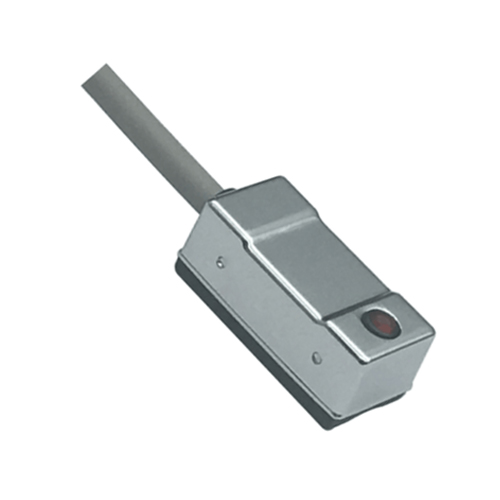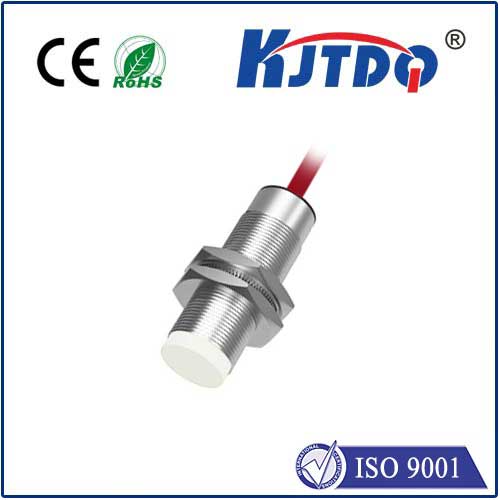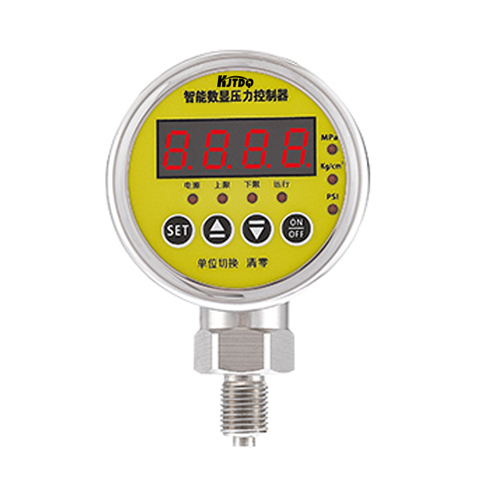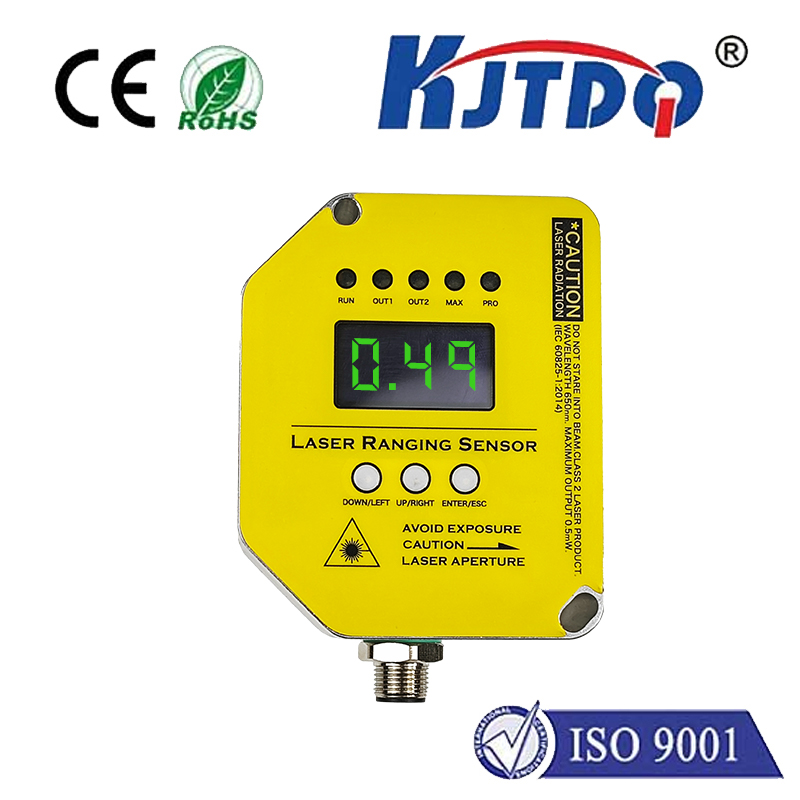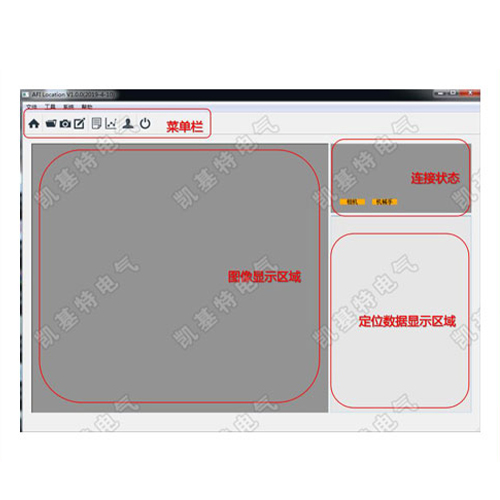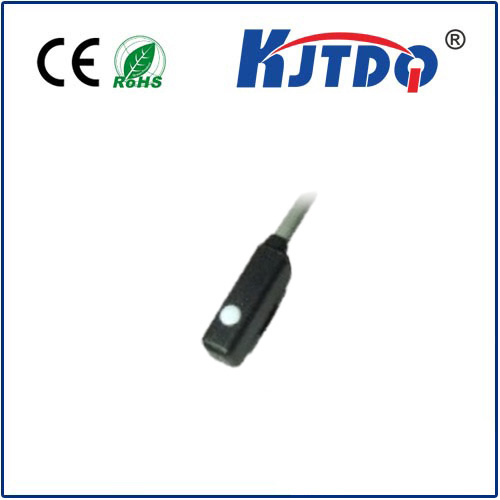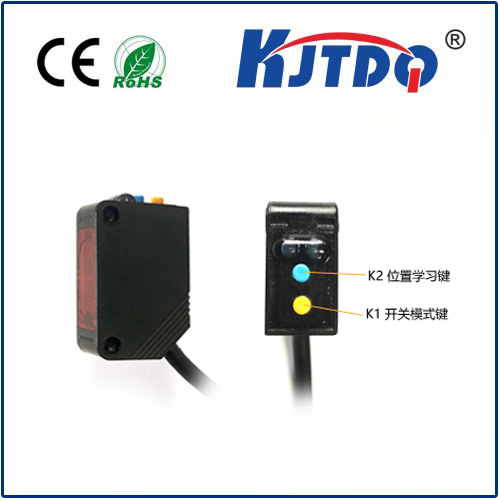Инфракрасный датчик температуры тела
- time:2025-08-29 01:03:37
- Нажмите:0
The Silent Guardian: How Infrared Body Temperature Sensors are Revolutionizing Health Monitoring
Forget frantic searches for mercury thermometers! Imagine knowing a person’s core temperature in less than a second, without any physical contact. This isn’t science fiction; it’s the everyday reality powered by infrared body temperature sensors. From bustling airports and corporate entrances to doctor’s offices and even our homes, these unobtrusive devices have rapidly transformed from niche tools into essential components of public and personal health screening. But how do these seemingly magical gadgets work, and why have they become so indispensable?
The Science Behind the Silent Scan: Seeing Heat, Not Light
Unlike traditional thermometers requiring physical contact, infrared body temperature sensors operate on a fascinating principle: all objects above absolute zero emit infrared radiation, a form of invisible light directly related to their surface temperature. The human body is a prime emitter.
- Capturing the Invisible: The sensor houses a specialized lens that focuses the infrared energy radiating from a specific point on the body – typically the forehead or temporal artery – onto a detector called a thermopile.
- Converting Heat to Signal: The thermopile converts the collected infrared radiation into a tiny electrical signal.
- Calculation and Display: This electrical signal is amplified and processed by sophisticated electronics, using known relationships (like Planck’s law of black-body radiation) to calculate the corresponding surface temperature. This value is then instantly displayed.
The core advantage? Non-contact temperature measurement. This allows for swift screening of individuals, drastically reducing the risk of cross-contamination – a critical factor in healthcare and high-traffic environments. Readings are typically obtained within 1-3 seconds, making the process highly efficient.
Core Advantages Driving Adoption

The surge in popularity of infrared thermometers, particularly for body temperature screening, isn’t coincidental. It rests on several compelling benefits:
- Unmatched Speed and Efficiency: Screening large numbers of people becomes feasible without causing significant delays. This is invaluable for entry points at schools, offices, factories, and transportation hubs.
- Essential Hygiene and Safety: Eliminating physical contact minimizes the potential spread of pathogens between individuals and reduces the need for frequent disinfection of the device itself.
- Ease of Use: Modern infrared sensors are designed for simplicity. Pointing the device correctly is often the primary skill required, making them accessible to non-medical personnel.
- Portability and Flexibility: Many models are handheld and battery-operated, allowing for spot checks anywhere. Fixed-mount versions provide continuous, automated screening at key entry points.
- Patient Comfort: Particularly for children, the elderly, or individuals in distress, a contactless method is significantly less invasive and stressful than oral, rectal, or even ear thermometers.
Where You’ll Find Them: Applications Beyond the Clinic
While clinical use remains vital, the reach of infrared temperature sensors extends far wider:
- Healthcare Settings: Rapid triage in emergency departments, screening visitors, monitoring patients in wards, and complementing clinical diagnostics.
- Public Health & Safety: Airports, train stations, borders, concert venues, sports stadiums, shopping malls, and corporate buildings use them for initial fever screening. This application became globally prominent during recent pandemics.
- Workplaces: Factories, offices, and construction sites implement them for employee wellness checks to help maintain operational continuity.
- Education: Schools and universities use them to screen students and staff.
- Hospitality: Hotels and resorts may employ them for guest screening.
- Consumer Level: Personal infrared thermometers for home use, particularly for families with young children, are readily available.
- Emerging Integration: Smart home systems and security setups are beginning to incorporate body temperature monitoring capabilities.
Important Considerations for Accurate Use
While highly effective, non-contact infrared thermometers require proper use for reliable results:
- Environmental Factors: Readings can be influenced by drafts, direct sunlight, radiant heaters, or significant ambient temperature changes. Using the device within its specified operating range is crucial.
- User Technique: The sensor must be held perpendicular to the target measurement site (usually the center of the forehead) at the precise distance recommended by the manufacturer. Sweat, makeup, or hats can interfere.
- Surface vs. Core: Infrared sensors measure surface temperature. While effective for screening, clinical decisions often require more invasive core temperature measurements (like oral or rectal) if precision is critical. Forehead/temporal artery readings generally correlate well but are indicative.
- Device Quality: Accuracy varies significantly between models. Medical-grade infrared thermometers undergo stricter calibration and validation than general consumer models. Understanding the device’s accuracy specification (±0.2°C vs. ±0.5°C, for example) is important for interpreting results.
The Future: Smarter, Connected, and More Integrated
The evolution of Инфракрасный датчик температуры тела technology continues:
- Enhanced Accuracy & Compensation: Advanced algorithms are improving compensation for environmental factors and individual variations.
- AI Integration: Artificial intelligence can help flag anomalies, track temperature trends over time (when integrated with systems), and even predict potential health events by correlating temperature with other data points.
- Miniaturization and Wearables: Smaller sensors could enable integration into wearables for continuous passive monitoring of individuals in specific settings (e.g., high-risk occupations).
- Seamless System Integration: Fixed sensors will increasingly feed data directly into building management, security, or health monitoring platforms for real-time analytics and automated responses.
- Multi-Sensor Fusion: Combining temperature measurement with other sensors (like cameras for identity verification or heart rate monitoring) creates more comprehensive screening and health assessment solutions.
Embracing Contactless Vigilance
The Инфракрасный датчик температуры тела stands as a powerful testament to how technology can create safer, more efficient environments. By transforming the invisible heat signatures we all emit into actionable health data within seconds, it provides a critical, non-invasive first line of defense. Its journey from specialized industrial tool to ubiquitous health sentinel underscores its profound impact. As accuracy improves and integration deepens, this silent guardian will remain a vital tool for safeguarding collective well-being, making the swift, hygienic, and non-intrusive assessment of body temperature an integral part of our modern lives.


